Teléfono: +86 576 8880 5030
Correo electrónico: sales@peekchina.com
Desde 2008 fabricante chino de estándares PEEK
Teléfono: +86 576 8880 5030
Correo electrónico: sales@peekchina.com
Desde 2008 fabricante chino de estándares PEEK
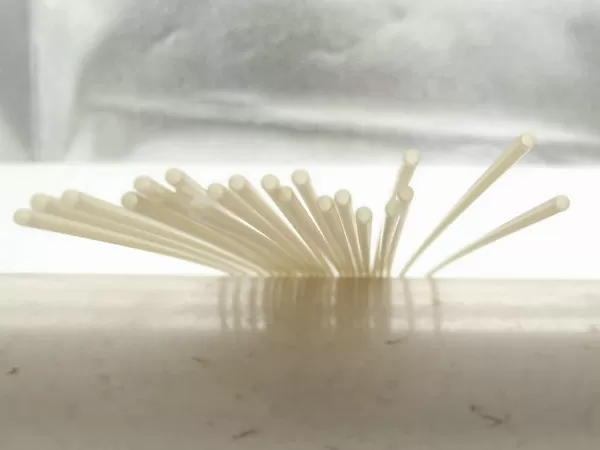
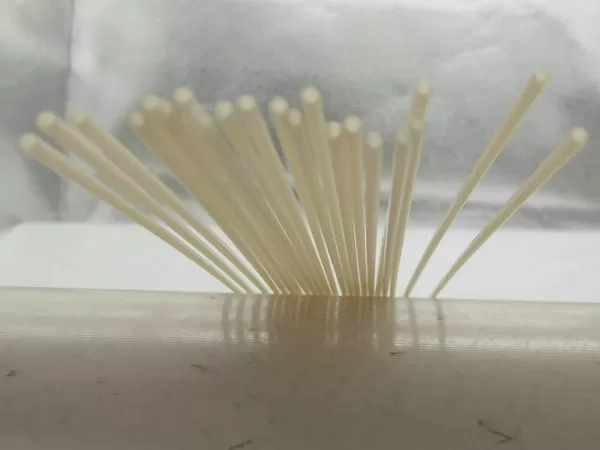
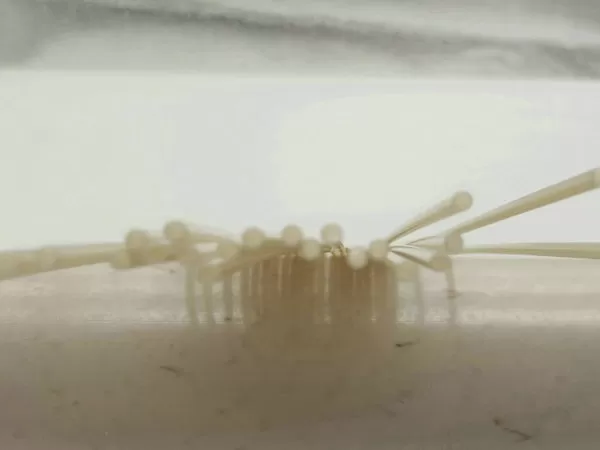
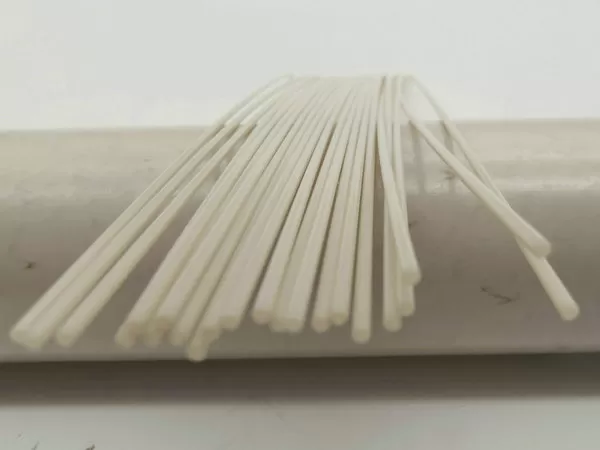
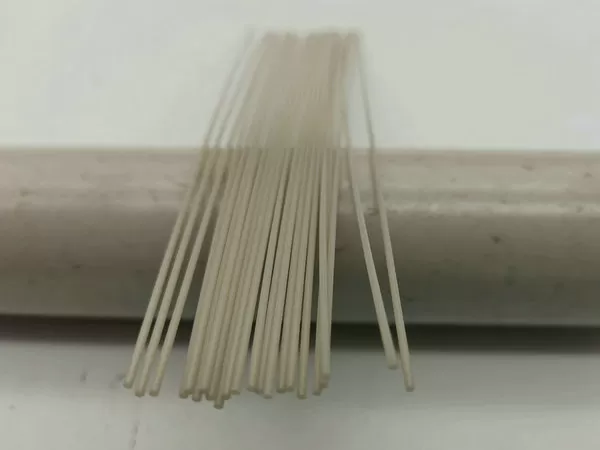
Propiedades de los Tubos Médicos de PEEK de ARK-BioPEEK
Los tubos médicos de PEEK son tubos de polímero de alto rendimiento ampliamente utilizados en el campo médico. Están fabricados con material de poliéter éter cetona (PEEK), conocido por su excepcional resistencia a altas temperaturas, inercia química y biocompatibilidad. Este tipo de tuberías desempeña un papel crucial en la fabricación de dispositivos médicos, permitiendo el transporte de medicamentos, muestras biológicas y fluidos manteniendo dimensiones y propiedades mecánicas consistentes. Los tubos médicos de PEEK también cuentan con excelentes propiedades antimicrobianas, garantizando la higiene y la seguridad en diversas aplicaciones clínicas. En esencia, los tubos médicos de PEEK ofrecen una solución confiable y eficaz para la industria médica, gracias a sus características de rendimiento superiores.
Características clave de los tubos de revestimiento de PEEK:
• Material ultra duro
• Muy buena resistencia química
• Estable a temperaturas de hasta 228°C
• Excelente resistencia a la abrasión
• Retardante de llama (UL94 V-0)
• Tolerancias dimensionales muy ajustadas
Tubos de PEEK:
• En bobinas, en carretes o longitudes rectas con cortes limpios y cuadrados
• Translúcidos u opacos
• Variación en el grosor de la pared a lo largo de la longitud (tubos con protuberancias)
• Tubos de PEEK de colores
• Tubos de PEEK multicapa
• Tubos de PEEK reforzados (con cables de acero inoxidable)
• Tubos conformados
| Properties Information | ||||||
| Property | Reference Standard | Test Method | Unit | Specification | Result | |
| Physical Properties | Glass Transition | ASTM F2026 | ASTM D3418 | °C | 125-165 | 147 |
| Temperature, Tg | ||||||
| Melt Temperature, Tm | ASTM F2026 | ASTM D3418 | °C | 320-360 | 338 | |
| Recrystallization | ASTM F2026 | ASTM D3418 | °C | 260-320 | 289 | |
| Temperature, Tc | ||||||
| Viscosity | ASTM F2026 | ISO 11443 | Pa·s | 400-480 | 437 | |
| Infrared Spectrum | ASTM F2026 | ASTM F1579 | / | See Appendix X1 | See Appendix X2 | |
| Density | ASTM F2026 | ASTM D1505 | kg/m3 | 1280-1320 | 1294 | |
| Chemical Properties | Total Heavy Metals (Ag, As, Bi, Cd, Cu, Hg, Mo, Pb, Sb, and Sn), max | ASTM F2026 | US Pharmacopeia, | ppm | <100 | <10 |
| Test 233 | ||||||
| Mechanical Properties | Tensile Strength at Yield (zero slope), min | ASTM F2026 | ASTM D638, Type IV, 5.08 cm/min | MPa | 90 | 105 |
| Tensile Strength at Break, min | ASTM F2026 | ASTM D638, Type IV, 5.08 cm/min | MPa | 70 | 80 | |
| Elongation at Break, min | ASTM F2026 | ASTM D638, Type IV, 5.08 cm/min | % | 5 | 18 | |
| Flexural Strength, min | ASTM F2026 | ASTM D790 | MPa | 110 | 163 | |
| Flexural Modulus, min | ASTM F2026 | ASTM D790 | GPa | 3 | 4 | |
| Impact Strength, | ASTM F2026 | ISO 180 | kJ/m2 | 4 | 9 | |
| Notched Izod, min | ||||||
| Biological Properties | Genotoxicity | ISO 10993-3 | ISO 10993-3 | / | Negative | Negative |
| Animal Intracutaneous (Intradermal) Reactivity | ISO 10993-10 | ISO 10993-10 | / | ≤1 | 0 | |
| Skin Sensitization | ISO 10993-10 | ISO 10993-10 | / | ≤1 | 0 | |
| Acute Systemic Toxicity | ISO 10993-11 | ISO 10993-11 | / | No Acute Systemic Toxicity | No Acute Systemic Toxicity | |
| Subchronic Systemic Toxicity | ISO 10993-11 | ISO 10993-11 | / | No Subchronic Systemic Toxicity | No Subchronic Systemic Toxicity | |
| local Effects After Implantation | ISO 10993-6 | ISO10993-6 | / | No obvious difference between the test sample and the control sample | No obvious difference between the test sample and the control sample | |
| In Vitro Cytotoxicity | ISO 10993-5 | ISO10993-5 | / | ≤1 | 1 | |
| Evaluation of Haemolytic Properties | ISO 10993-4 | ISO10993-4 | % | <5 | 1 | |
| Material Mediated Pyrogens | ISO 10993-11 | ISO 10993-11 | / | No Pyrogenic Responses | No Pyrogenic Responses | |
| Extractables of The Material | ISO 10993-18 | ISO 10993-18 | μg/g | The contents of Phenyl Sulfone≤300 | The contents of Phenyl Sulfone<0.09 | |